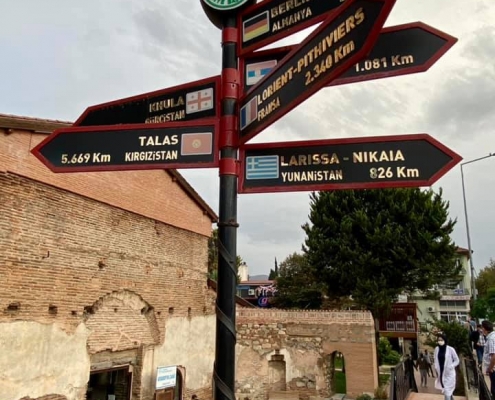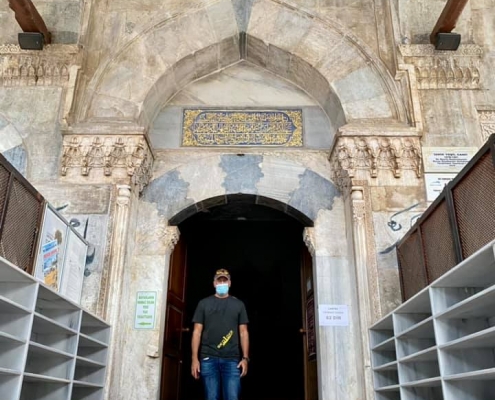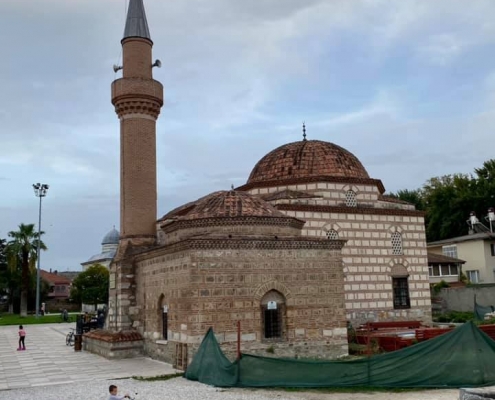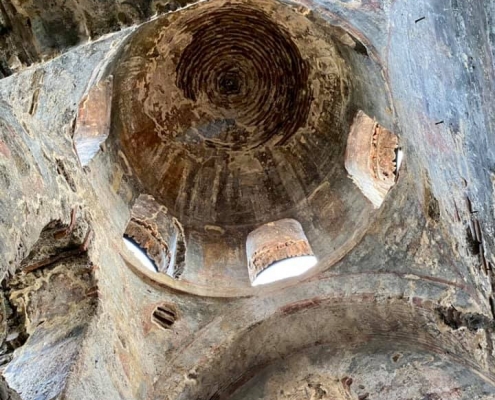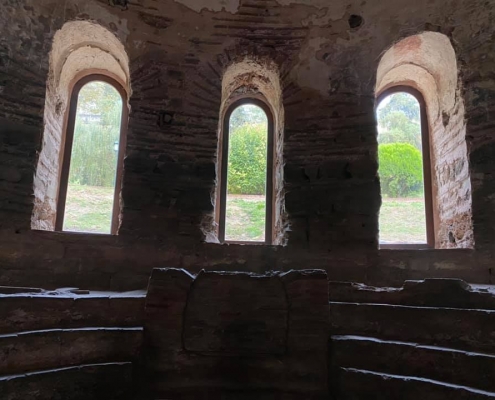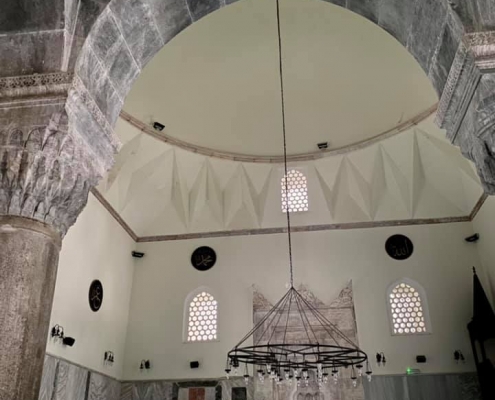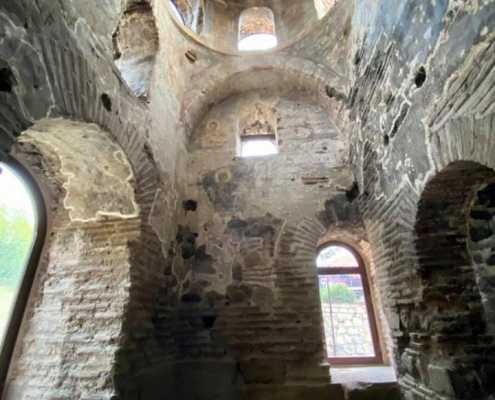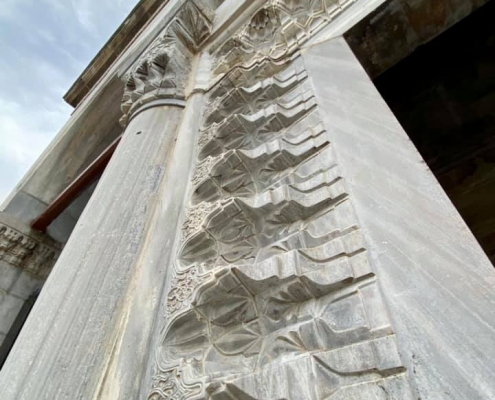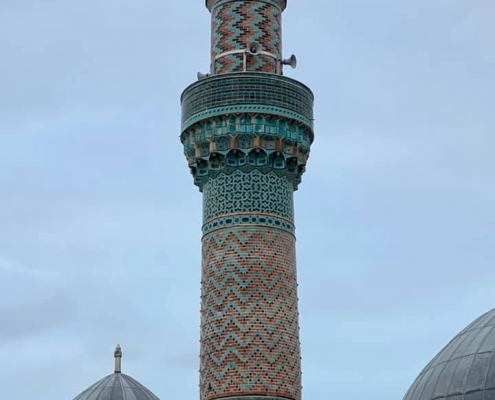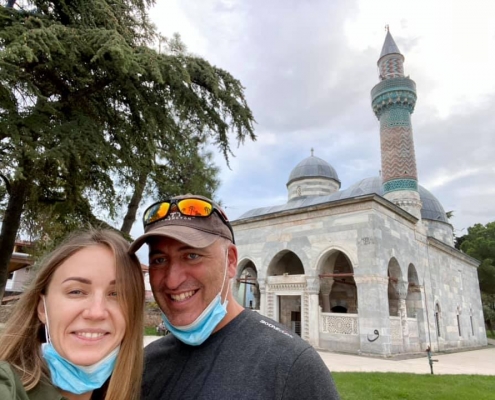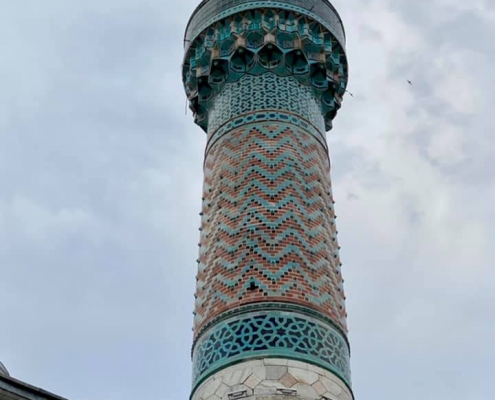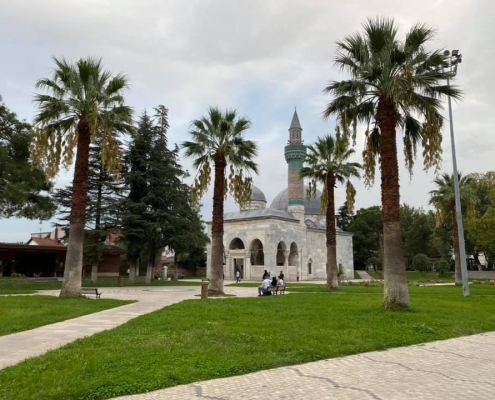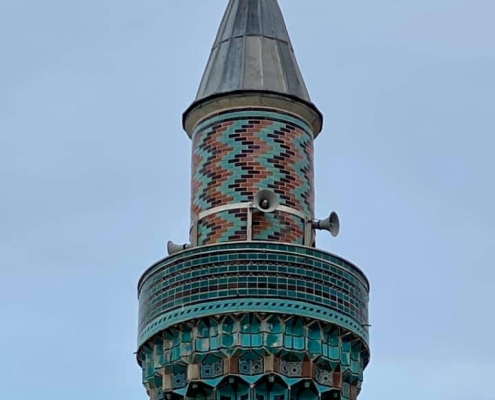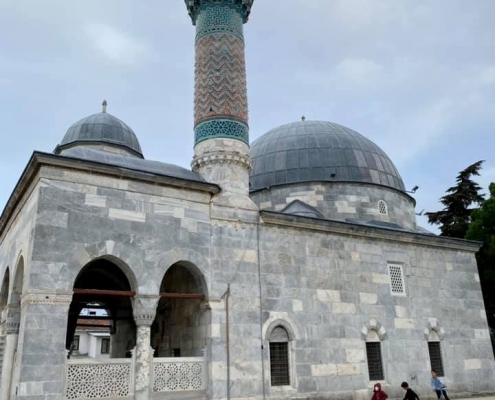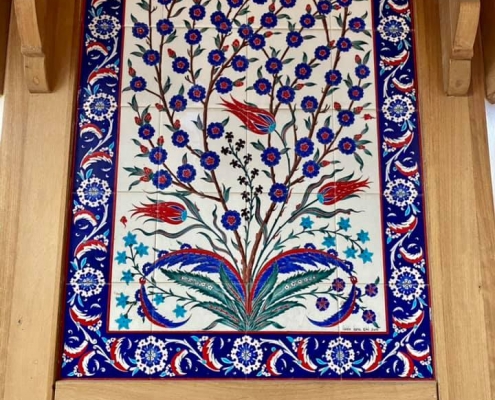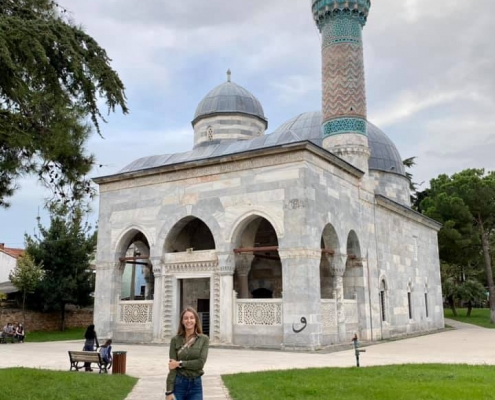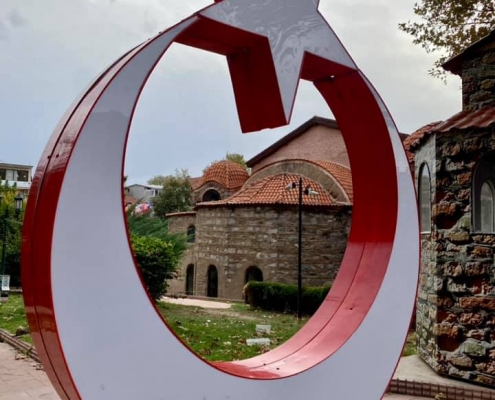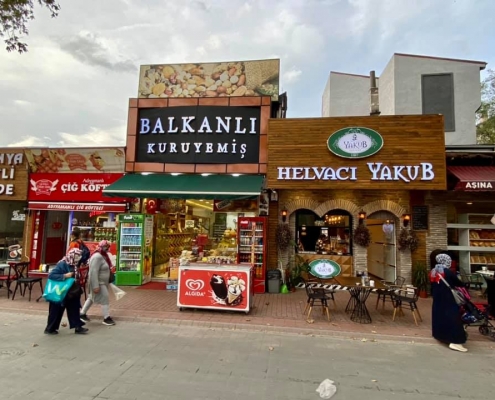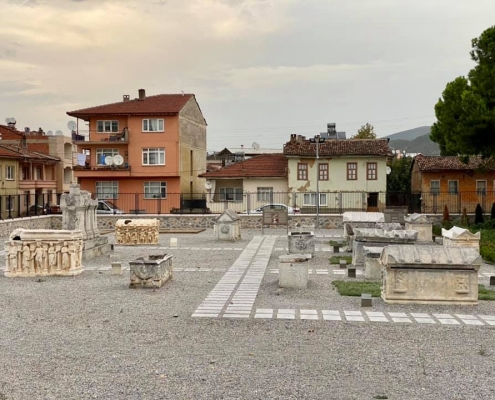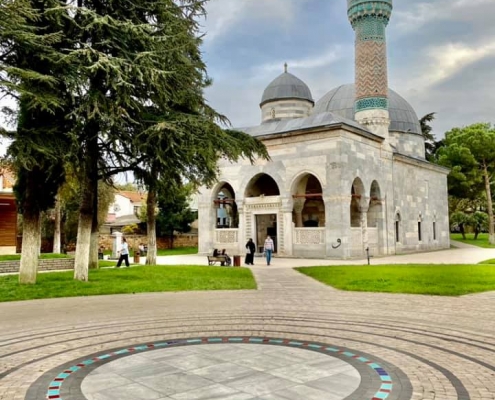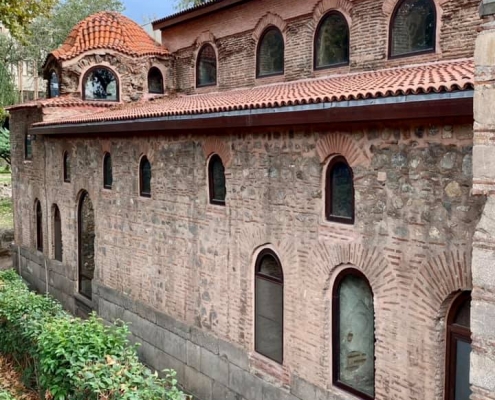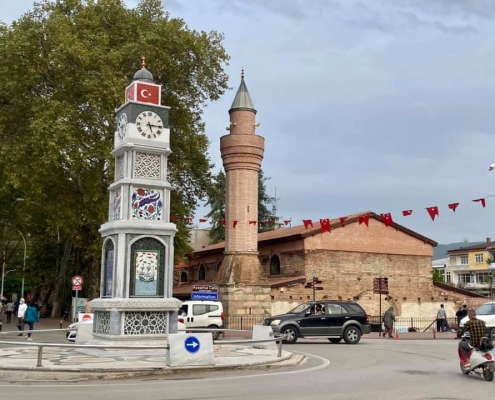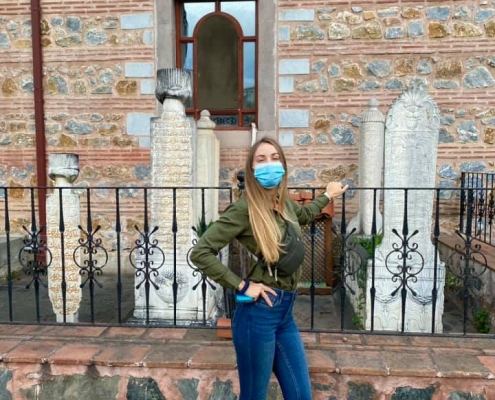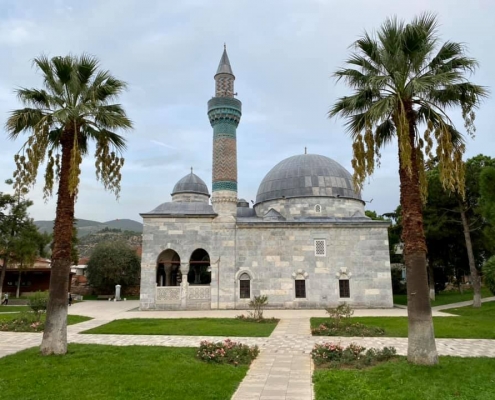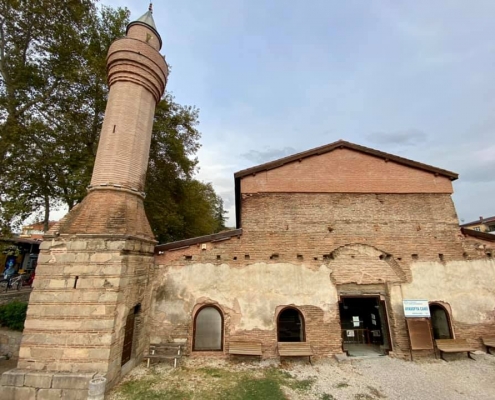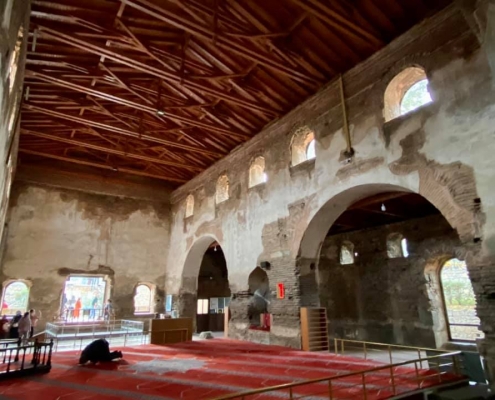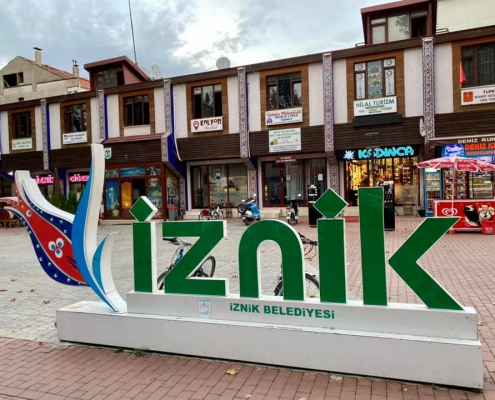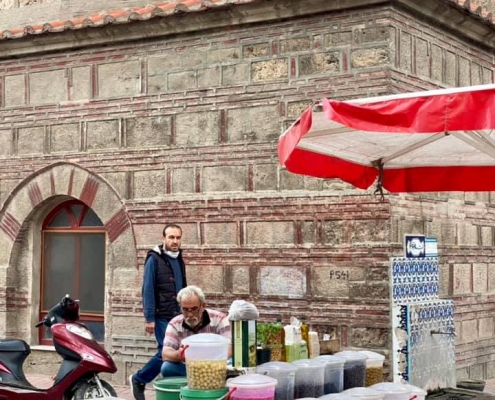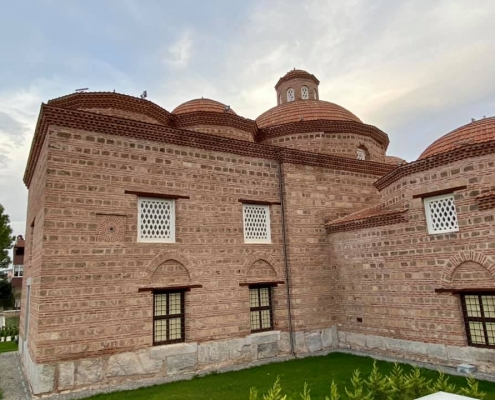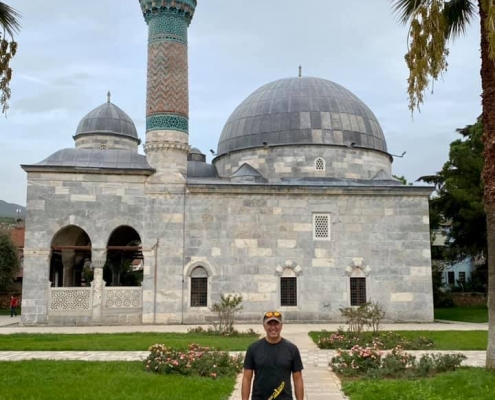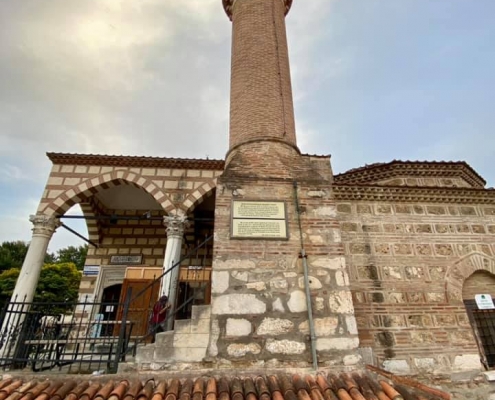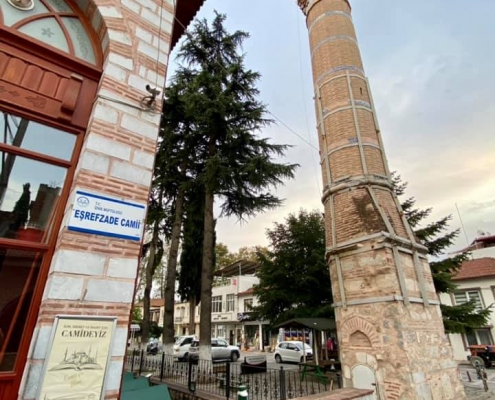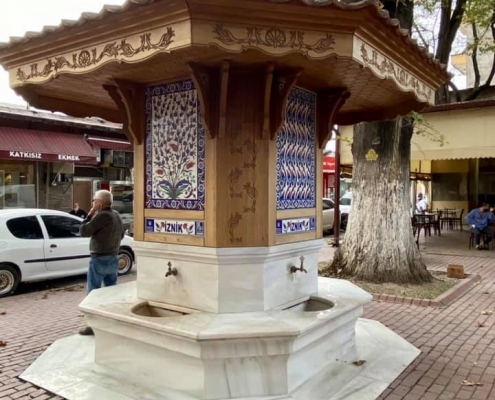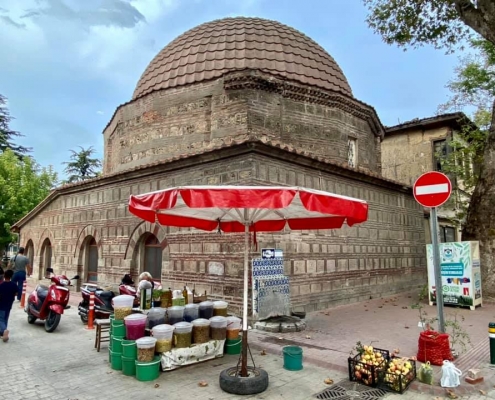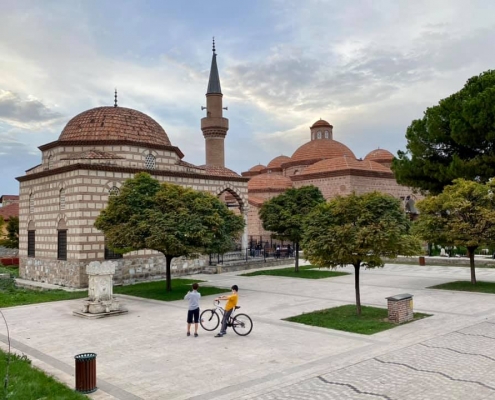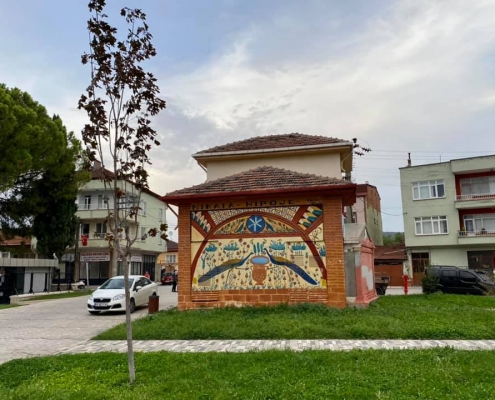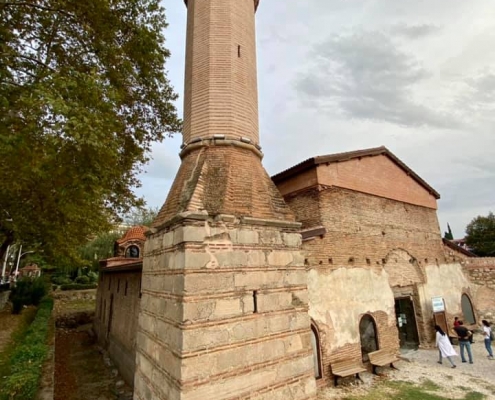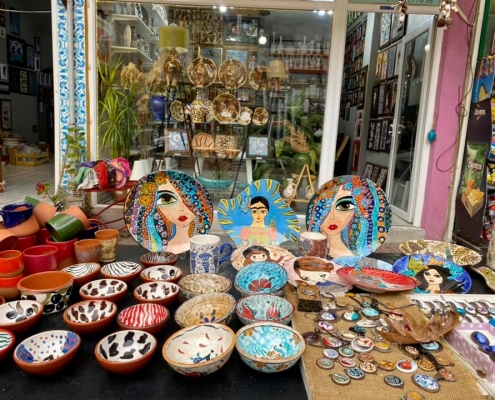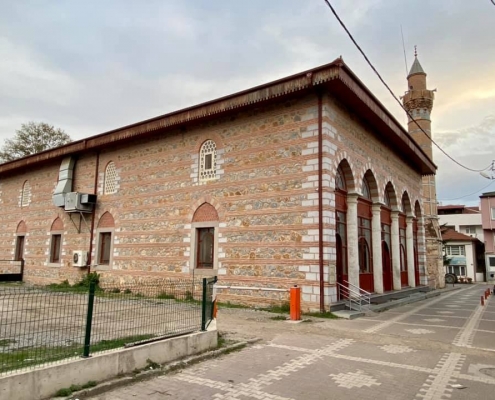Turkey: Iznik
Nowadays, Iznik is just a small provincial town east of Istanbul, and little reminds you that historically this was one of the most important city in Asia Minor and once a capital of the Byzantine Empire. The city was founded as early as 325 AD, when it was known as Nicaea, when Emperor Constantine chose it as the site for the first Ecumenical Council of the Christian Church. In the 11th century, the Seljuks captures the town and renamed it Iznik. A century later, crusaders recaptured the city and made it the capital of the Empire of Nicaea, which eventually fell to the Ottoman Empire by by the 14th century. Several historical attractions aware here – like the Aya Sophia (originally, a Byzantine-era church from the 6th century, later converted into a mosque), or the Yesil Camii aka Green Mosque (built in 1368 by the first visier of the Ottoman Empire, a beautiful green-tiles structure). Several other 14th century mosques and madrasas dot the town center. Iznik is also famous for its ceramics – between 16-17th century Iznik was the place where beautiful fine Ottoman blue-glazed ceramics and tiles were produced (and still is). The famous Blue Mosque and the Topkapi Palace in Istanbul are all covered with Iznik tiles.

